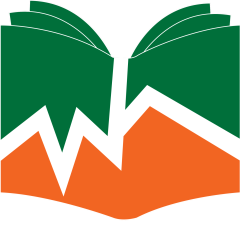
Severed pages, discarded fragments of a writer’s early work, often contain seeds of inspiration that, in the digital age, can be all too easily forgotten. With AI-driven writing tools, cloud storage, and automatic saving systems, drafts vanish like the ephemeral language programs they are. Unlike the days when handwritten drafts existed as tangible remnants of a creative process, today’s drafts are recycled around the internet, utterly untraceable to their originators.
In the past, when I sat down to write, my drafts were far more than just documents on a screen. They were physical, tangible collections of thoughts and ideas in various stages of formation, scribbled in notebooks, jotted down on scraps of paper, or hastily typed out and printed for later reflection. Drafting felt intimate, me unfolding on the page.
The tactile crumpled pages of discarded ideas are fragments in a documentary of the creative journey. A rough draft on paper bore traces of the evolution of thoughts, where I stumbled, where I succeeded, and where I was brave enough to let my ideas go wild. Each erasure in language exploration, the messy crossed out lines, the indecipherable scribbles, was a visual design of the process. Today, despite my neatly organized digital files, I still long for a tactile connection to creativity.
Digitized Drafts: Severed from the Page
Writing once meant returning to crumpled pages marked with the ghosts of abandoned or reshaped ideas. Each scribble, strike-through, and margin doodle mattered. They weren’t mistakes but pieces of a larger whole, pages torn away in frustration or saved for another day, the raw and unpredictable fuel of creation.
Now, with digital tools, the experience is different. On screen, my drafts appear as polished documents without a trace of the chaotic process that led me to them. I can easily search for what I need, revise a sentence in seconds, and save multiple versions without the messiness of pen on paper. Indeed, the writing process is more efficient, but there’s something that gets lost in the transition.
In the digital realm, ideas as data are as abstract as fragments of a dream. Easily viewed and just as easily forgotten, they leave no margin for spontaneity, no tangible evidence of my presence in creation. I am continuously erased in the algorithmic combinations.
Technology has improved my ability to write efficiently, but it also distances me from the physical connection to each spark of inspiration begetting creation. I revisit, reshape, and try to breathe life into nascent concepts in successive drafts, but the digital temptation to prematurely discard rough gems and incomplete thoughts risks the total erasure of personal memory in favor of a homogeneous collective voice.
Those unfinished, raw fragments might one day blossom into something extraordinary, but the digital revolution has been eerily prescient in its capacity to overwrite me. What once lived as a trace on paper now vanishes with a keystroke, leaving me unsure of what remains mine.



